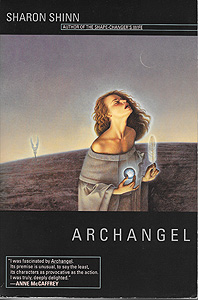

The Grade A version, per Patricia: “Sex-appeal, dresses well, looks young, dances lightly, can make wisecracks, and is self-supporting. The book’s title refers to a singular person-Patricia, the narrator, a copywriter for a Manhattan department store-but also a type, a species, one that varies in quality and breeding. She was exciting and discomfiting and morally questionable she was confusing to her suitors, some of whom found her at once repellant and irresistible. She spent her days chasing a career, while her nights were a boozy smear of restaurants, speakeasies, and amorous encounters. when the stigma of divorce was fading, and divorce rates were rising accordingly, “Ex-Wife” presented readers and critics with a new woman, one who was pursuing new vocational, economic, and romantic freedoms.

In the course of the next ten years, Parrott, as a best-selling novelist and in-demand writer for movies and magazines, became a multimillionaire and attained a Hollywood-adjacent literary fame comparable to that of Nora Ephron in the nineteen-eighties.Īt a time in the U.S. “Ex-Wife” was adapted into the hit movie “The Divorcee,” which won Norma Shearer the lead-actress Oscar.

(“Fiction or confession?” a headline asked.) In October, 1929, amid the stock-market crash that precipitated the Great Depression, Parrott received her first royalty check, for the modern-day equivalent of almost three hundred thousand dollars.

No longer tantalizing readers by shrouding Parrott’s identity in mystery, the marketers of “Ex-Wife” now strived to make the attractive young author synonymous with her creation, insinuating that her novel was a barely veiled memoir. The Hearst tabloid the Daily Mirror serialized the novel and teased “the most talked about story of the day” with a full-page ad prominently featuring Parrott’s name and pixie-cut likeness. Walter Winchell, the gossip columnist and radio host, called it a “sensational book about husbands and sex.” It was published anonymously-a not uncommon marketing gimmick of the time-but the author was soon outed in Winchell’s newspaper column as Ursula Parrott, a thirty-year-old first-time novelist, the daughter of a respected Boston physician, a Radcliffe graduate, a single mother of a young son, and a verified ex-wife. In the summer of 1929, a provocative New York novel titled “ Ex-Wife” arrived in bookstores, quickly selling out its first printing.


 0 kommentar(er)
0 kommentar(er)
